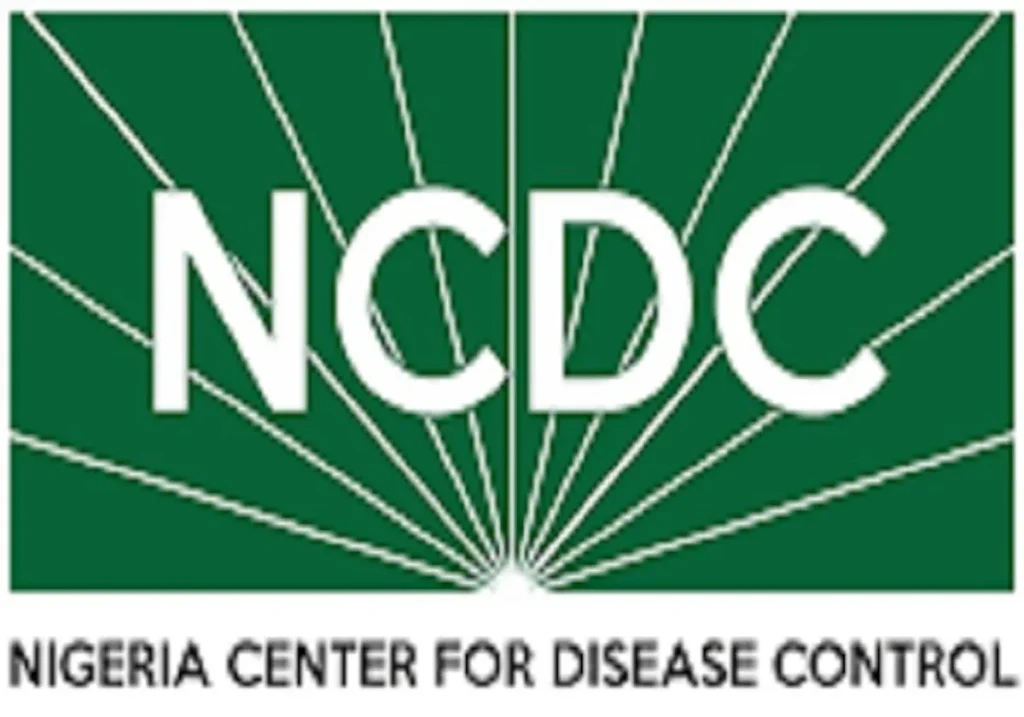CurrentReport Blog The Federal Government has issued a stark warning to Nigerians, state governments, and stakeholders to prepare for severe flooding expected to commence this month. Addressing the press in Abuja, the Minister of Water Resources and Sanitation, Prof. Joseph Utsev, highlighted the urgency for heightened vigilance as more regions face imminent flood risks.
According to the latest Flood Outlook from the Nigerian Hydrological Services Agency (NIHSA) for July to September, 135 Local Government Areas (LGAs) are at high risk of flooding, while an additional 221 LGAs face moderate risk. The forecast further indicates that between October and November, 44 LGAs will likely encounter high flood risks, and 100 LGAs will face moderate risks.
Cholera Outbreak Concerns
Prof. Utsev also raised concerns over the ongoing cholera outbreak, which the National Centre for Disease Control (NCDC) fears may worsen due to the predicted flooding. The NCDC has reported 63 deaths and 2,102 suspected cases of cholera as of July 3, 2024. The minister emphasized that the combination of heavy rains and increased flooding could exacerbate the spread of waterborne diseases, including cholera.
Impact and Immediate Actions
The minister clarified that the recent and expected flooding is not linked to the release of water from dams within or outside Nigeria but is primarily due to high-intensity rainfall. He called on residents in flood-prone areas to take precautionary measures, including relocating to safer areas if possible. Affected regions include Akwa Ibom, Anambra, Adamawa, Benue, Bayelsa, Cross River, Delta, Edo, Jigawa, Kogi, Kebbi, Kaduna, Niger, Nasarawa, Ondo, Ogun, Rivers, Taraba, and the Federal Capital Territory (FCT).
Addressing the Root Causes
Utsev pointed out that the flood incidents so far have predominantly been flash floods and urban floods caused by prolonged heavy rainfall and inadequate drainage systems. He urged urban residents and local governments to address blocked drainage systems to mitigate the impact of the floods.
“As rainfall increases both in frequency and intensity, particularly in the southern part of the country, the level of flooding will rise. It is crucial for residents to heed warnings and adopt safety measures to protect lives and properties,” Prof. Utsev stated.
Current Dam Status
The minister reassured the public that major dams, including Kainji and Jebba on the River Niger and Shiroro on the River Kaduna, are still impounding water and have not released any. This fact dispels concerns about dam releases contributing to the flooding.
Government’s Call to Action
The government is urging immediate action from all stakeholders, including local authorities and community leaders, to prepare and respond effectively to the upcoming flood risks. Ensuring clear and functional drainage systems, providing timely warnings, and relocating vulnerable populations are critical steps in mitigating the impact of the anticipated floods.
As Nigeria braces for another challenging flood season, the cooperation between government agencies, communities, and individuals will be vital in navigating and minimizing the adverse effects of these natural disasters.












